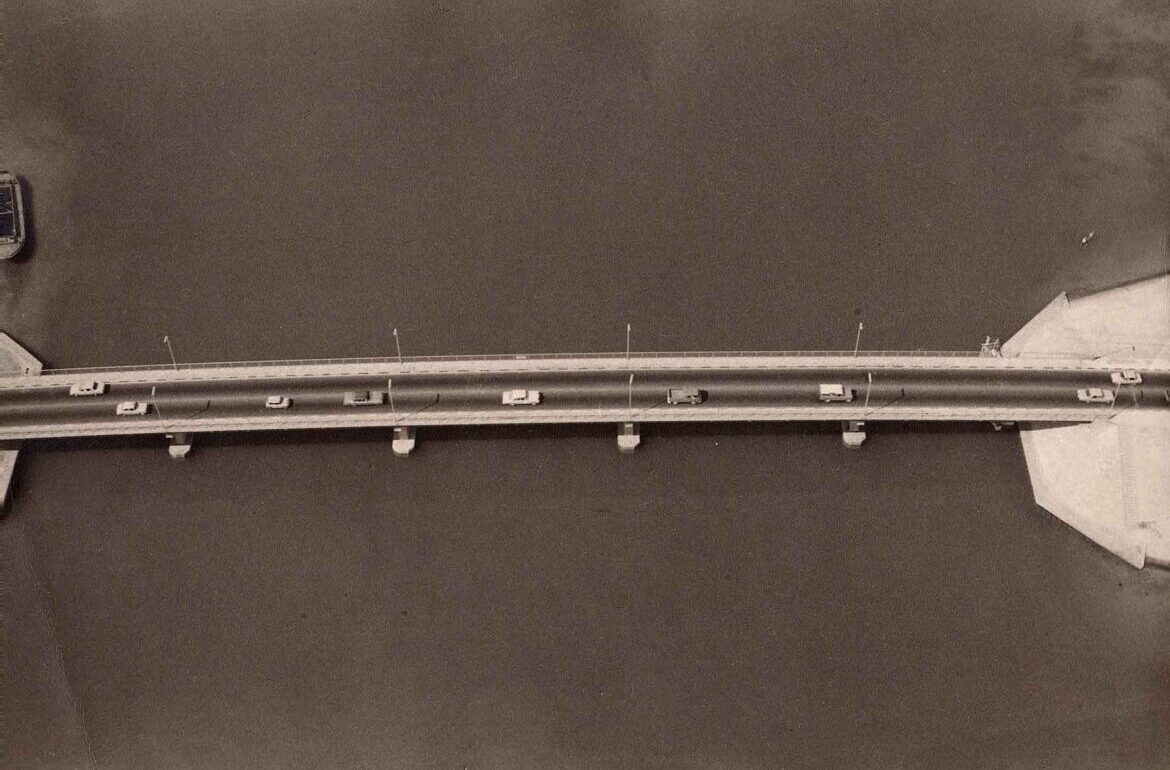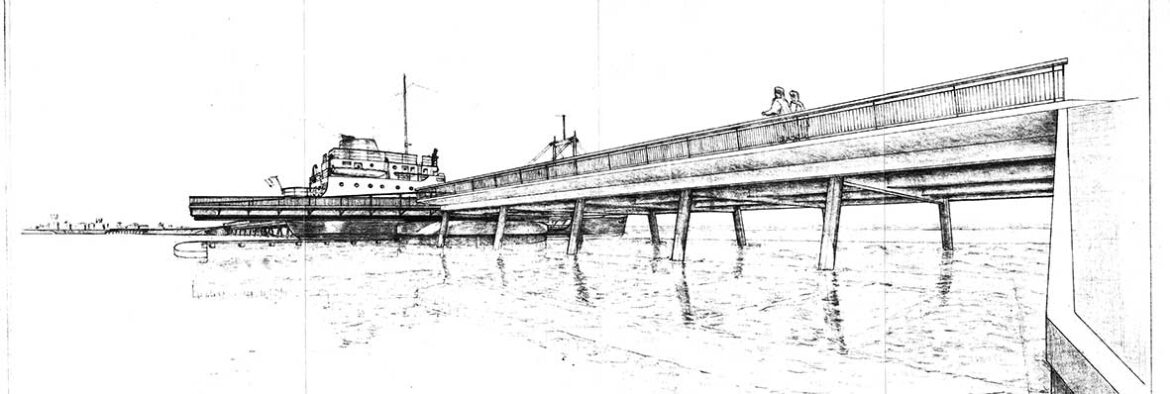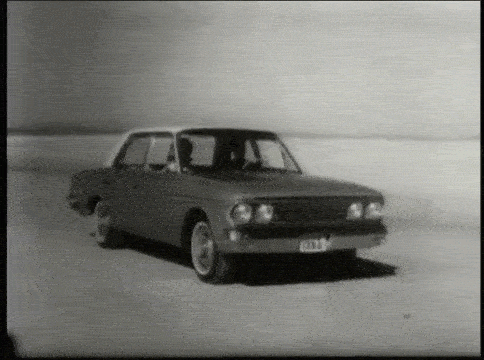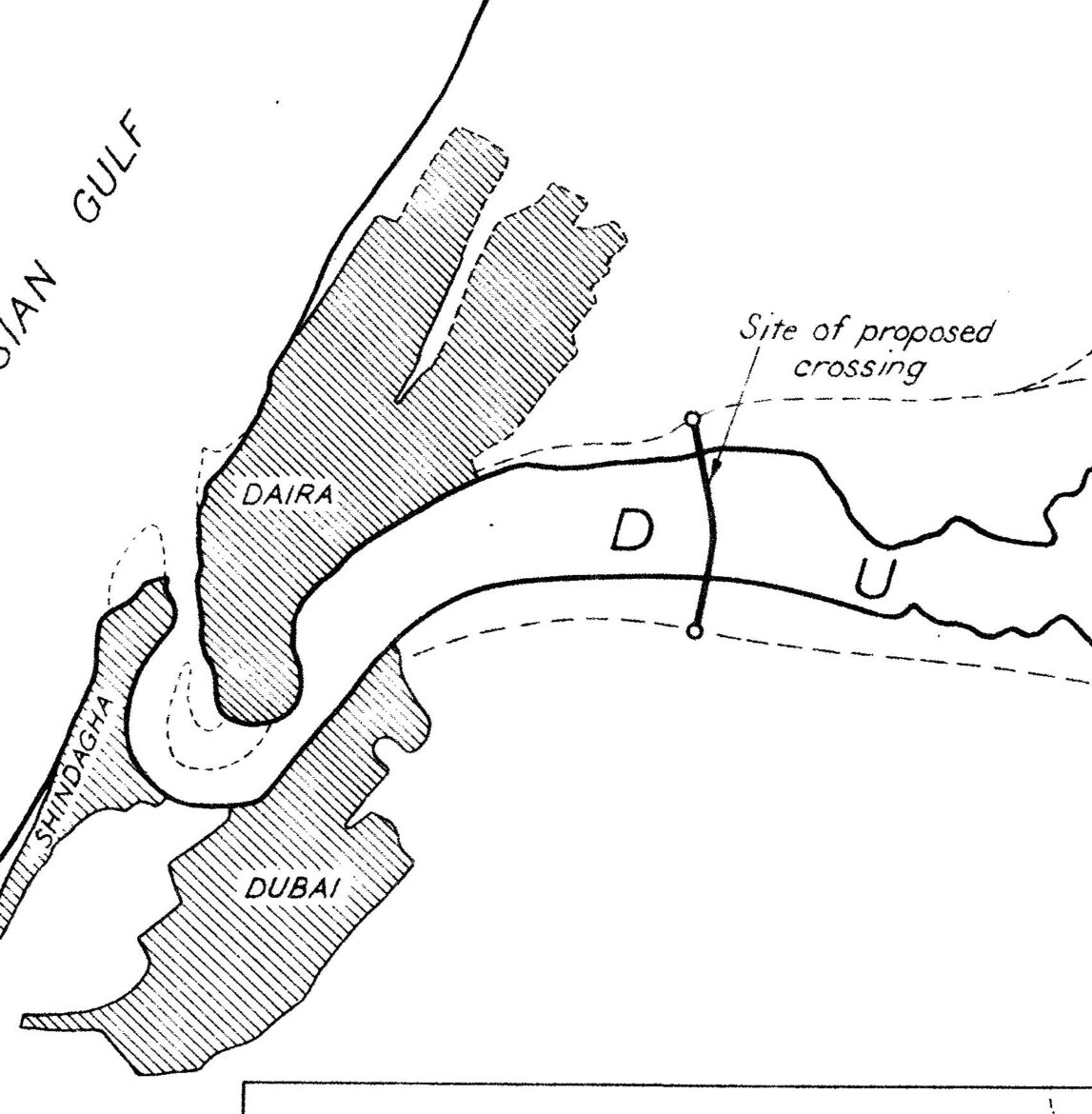May, 2021
This month, 58 years ago, Dubai’s first bridge opened. Named Al Maktoum Bridge, it spanned Dubai Creek to link two districts, Bur Dubai and Bur Deira, not yet forged into a unified city.
Before the bridge, crossing Dubai Creek was easy for pedestrians—aboard the pleasurable abra crafts departing from various wharves. For the limited number of cars, getting across required driving out of town and rounding the marshy reaches of Dubai Creek. One traveler described the route as a “rough trip” that could take hours to complete. Reducing travel to a matter of minutes, the bridge readied Dubai to become a car city.
Records don’t reveal that an official ceremony opened the bridge, but around this time there was a custom for celebrating completion of asphalt roads. It typically started with the cutting of a ribbon stretched across the ledge of new roadway; it came to conclusion with a slow procession of cars ascending from compact sand to the jet-black asphalt layer. I imagine the opening of Al Maktoum Bridge was something like that, a crossing as the destination. A slow pass over the bridge, or later in line at the ¼-rupee toll booth, afforded patient passengers a view unlike any other of the city.




